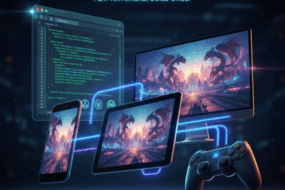
Stop treating users like tickets—and start treating them like people. IT services are only as powerful as the experience they create for the people using them. While IT teams often pride themselves on speed, uptime, and ticket closure rates, the real question is: do users feel supported, understood, and empowered?
Ultimately, technology is only as powerful as the experience it creates for the people using it. While IT teams often pride themselves on speed, uptime, and ticket closure rates, the real question is: do users feel supported, understood, and empowered?
In most organizations, IT services still feel like a help desk of last resort—a place you go when something breaks, only to be met with a wall of technical jargon, long waits, or vague responses. It doesn’t have to be that way.
If you want your IT team to be seen as an ally instead of a pain point, it’s time to rethink your approach from the ground up.
Let’s walk through a modern playbook for making IT services genuinely customer-friendly.
1. Reframe the Role of IT Services: From Fixers to Enablers
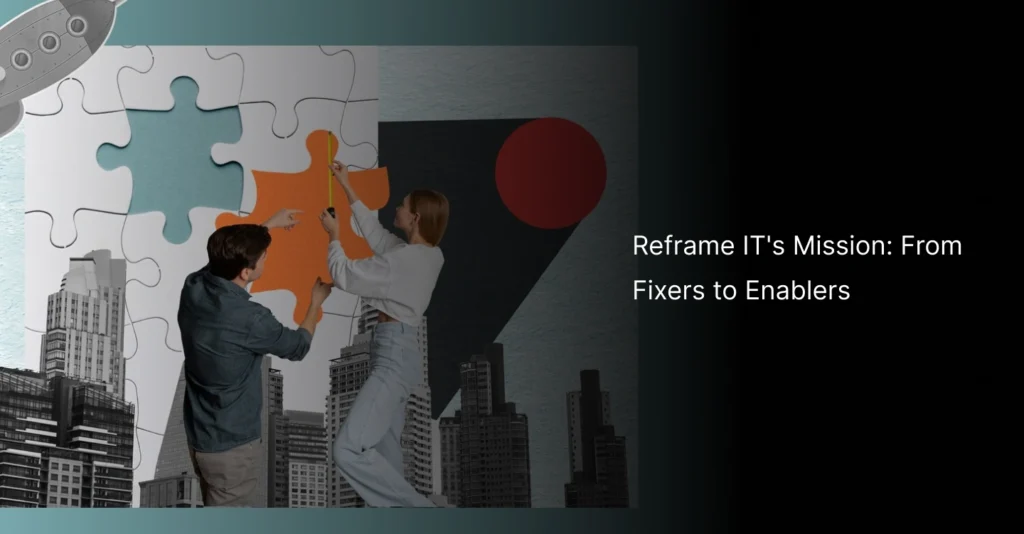
A customer-friendly IT team isn’t just there to “put out fires.” It’s there to unlock productivity. That’s a fundamental shift.
Instead of:
✅ Focusing solely on break/fix cycles
✅ Managing access and enforcing restrictions
Think in terms of:
✅ Preventing issues before they surface
✅ Guiding users to better tech adoption
✅ Helping teams get more value from the tools they already use
🧠 If your IT services don’t feel like a “value add” to employees, they’ll be seen as a bottleneck—no matter how fast you fix things.
2. Speak with Users, Not at Them

Many IT professionals unintentionally alienate users by using too much tech lingo. Even when they’re trying to help, the message gets lost.
Take this as a rule of thumb: if your grandmother wouldn’t understand your explanation, it needs simplifying.
Instead of saying:
❌ “We resolved a Layer 3 routing conflict affecting upstream connectivity.”
Say:
✅ “We fixed a network setting that was causing slow internet across departments. It’s all set now!”
The goal isn’t to dumb things down—it’s to be helpful. Speak to inform, not to impress.
3. Make IT Services as Easy as Ordering Takeout
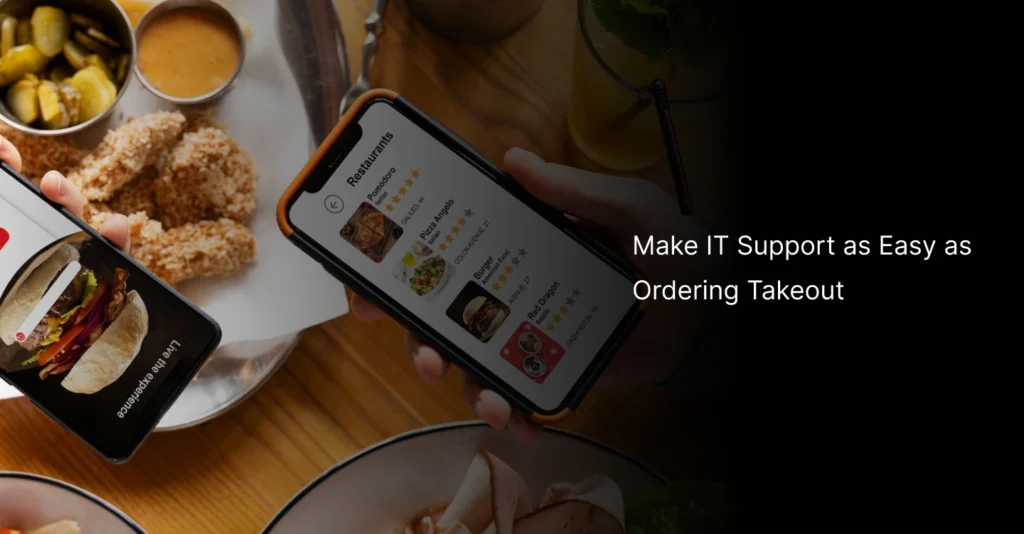
If a user has to ask, “How do I even contact IT?” —You’ve already lost them.
Customer-friendly IT is all about frictionless access. That means:
✅ A central support hub with clear entry points
✅ Consistent, friendly responses across all channels
✅ Easy-to-use mobile and desktop ticketing systems
✅ Fast, visible confirmation: “We’ve got your request, and we’re on it.”
Ideally, users shouldn’t need a roadmap to find help. Make getting support feel like second nature.
4. Stop Talking About Empathy—Build It into the Process

You’ve probably seen internal training slides about “active listening” and “showing empathy.” But in practice, IT support can still feel cold and transactional.
Here’s how to operationalize empathy:
✅ Personalize your responses. Use names. Reference past tickets when relevant.
✅ Acknowledge the frustration. “I understand this must be slowing you down—we’ll sort it out quickly.”
✅ Instead, don’t assume the user caused the issue—even if they did.
Empathy isn’t just about kindness—it’s about earning trust.
5. Build a User-First Knowledge Base IT Services (Not an Archive of Outdated Articles)
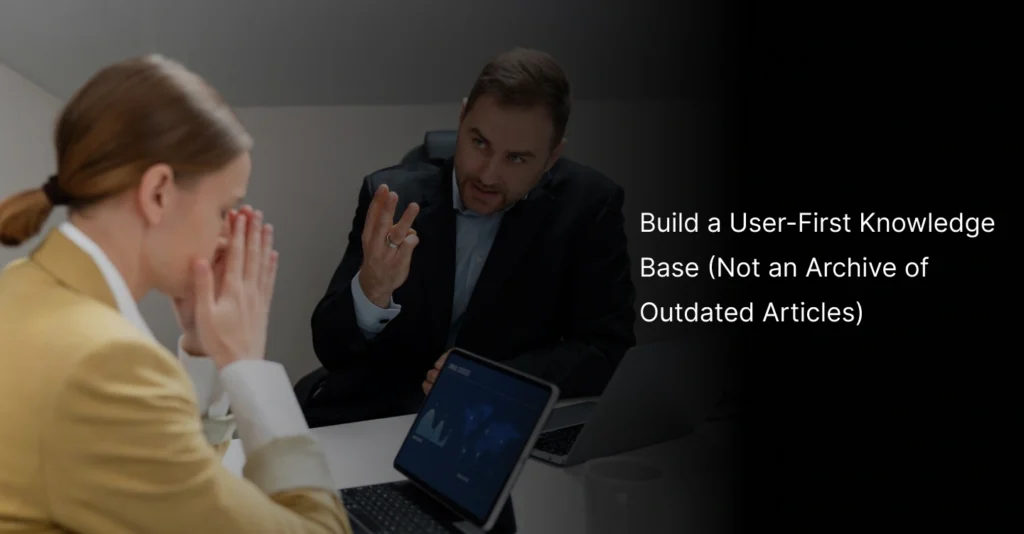
Self-service only works when users actually use it. And they only use it when it’s:
✅ Written in plain English
✅ Kept up to date
✅ Searchable and visually clear (think: images, videos, steps—not blocks of text)
Create content based on real-world tickets. If three people asked how to reconnect to the VPN this week, turn that into a step-by-step guide today.
Bonus: add a quick “Was this helpful?” rating at the bottom of each article to spot what needs work.
6. Predict Issues Before Users Notice Them
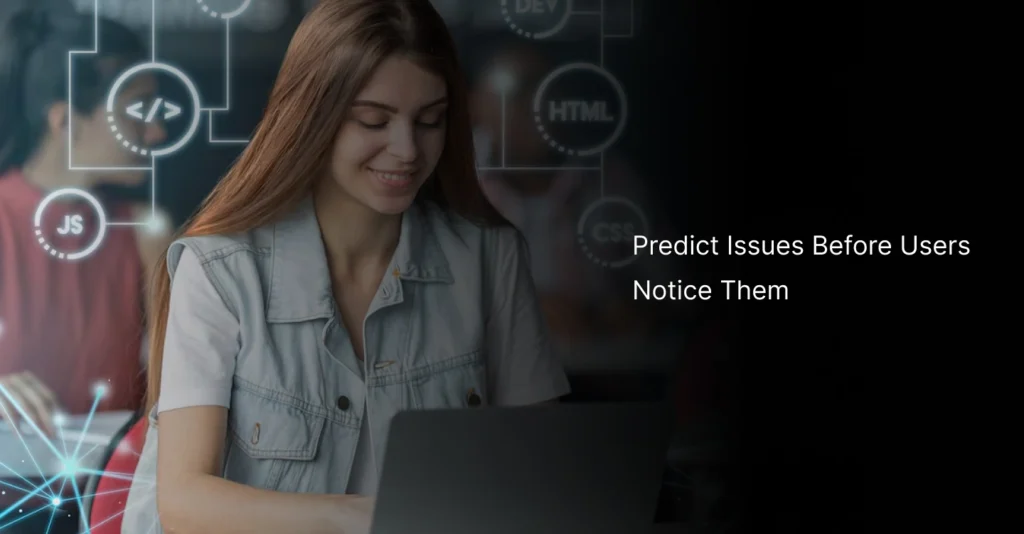
This is where customer-friendly IT truly shines—proactive support.
It could mean:
✅ Notifying users ahead of time when a service is down
✅ Running scripts to auto-fix common issues
✅ Spotting slow computers and offering upgrades before the user complains
Better yet, automate health checks and set alerts for recurring friction points like full inboxes or login failures.
Being proactive turns you from “those guys who fix stuff” to “the team that always has our back.”
7. Make Feedback Part of Your Culture (Not Just a Survey After a Ticket)

Real improvement only happens when you listen. But users won’t give feedback if:
✅ It’s too much effort
✅ They think nothing will change
✅ It feels like a checkbox exercise
Here’s a better model:
✅ Quick, one-click surveys post-resolution
✅ Occasional open forums or roundtables with end users
✅ Sharing a “You said, we did” update quarterly to show impact
When users see that their voice shapes IT services, they’re far more likely to engage—and advocate.
8. Rethink the Metrics That Matter

Ticket volumes and resolution times are useful—but they don’t tell the full story.
Customer-friendly IT focuses on experience metrics:
✅ CSAT (Customer Satisfaction)
✅ Time to first response
✅ Repeat ticket rates (Are you solving problems for good?)
✅ Effort score (How easy was it to get help?)
It’s not just about speed. It’s about how the process felt.
9. Customize Support Based on User Roles
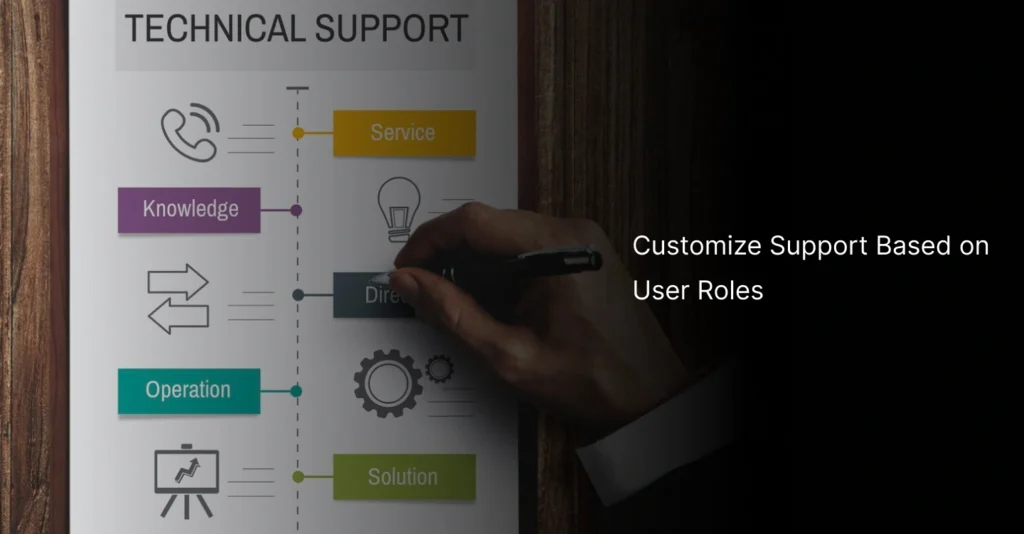
Everyone in your organization interacts with IT differently. Your approach should reflect that.
For example:
✅ Executives may need prioritized, on-call support.
✅ Sales teams might need rapid VPN access from the road.
✅ HR teams might require deeper integration with onboarding tools.
By mapping out the user journey for different roles, you can design IT touchpoints that feel tailored—not generic.
10. Make IT Services Visible (For the Right Reasons)
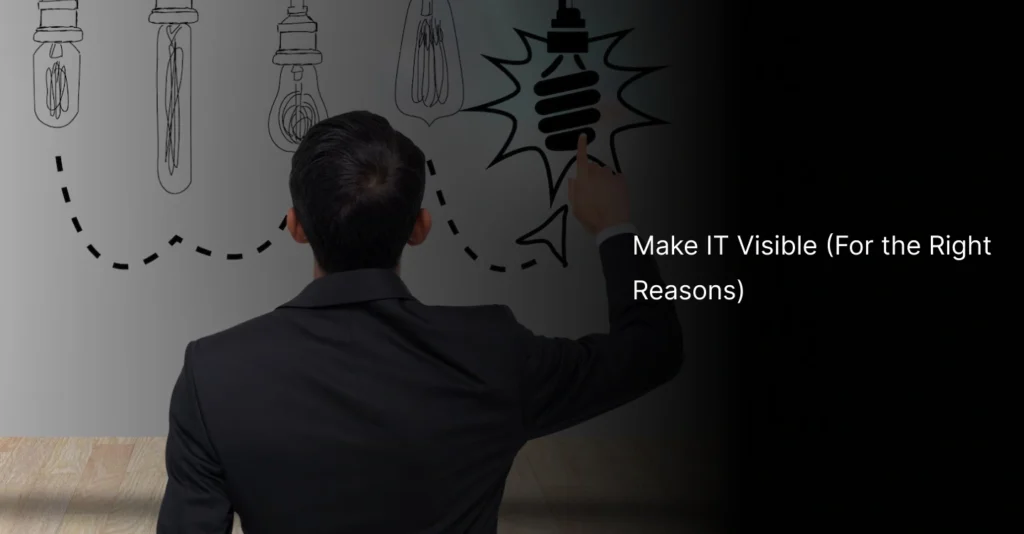
Many IT departments only become visible when things go wrong. Flip that script.
Be seen as a strategic partner by:
✅ Hosting monthly “Ask IT Anything” sessions
✅ Offering early sneak peeks of upcoming tools or upgrades
✅ Publishing internal newsletters with tips, updates, and wins
Visibility creates approachability. And approachability builds trust.
The Bottom Line: People First, Tech Second
At the end of the day, customer-friendly IT isn’t a tool or software you implement—it’s a mindset you embrace.
It’s the belief that behind every ticket is a person just trying to do their job—and your job is to make that easier, not harder.
So challenge the status quo. Build empathy into every workflow. And remember: the most powerful tech support comes from people who care.
Want help transforming your IT culture from functional to phenomenal? Let’s make your service as user-centric as the technology you support.
For more insights on enhancing IT services, check out our related articles:



